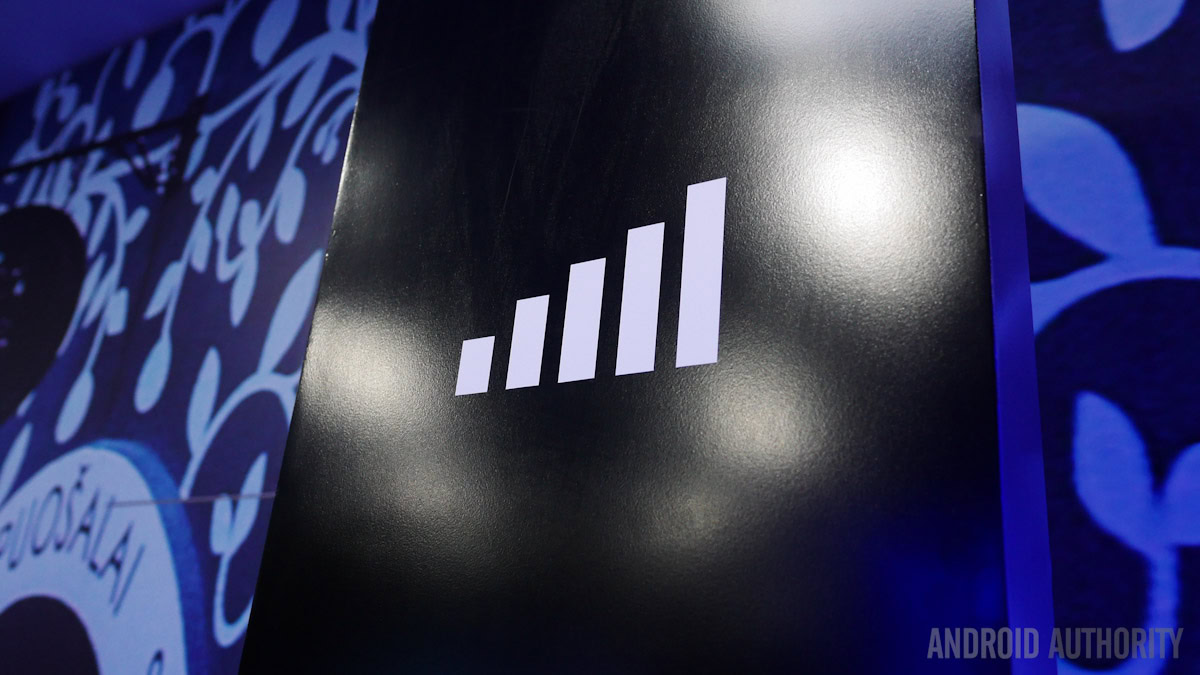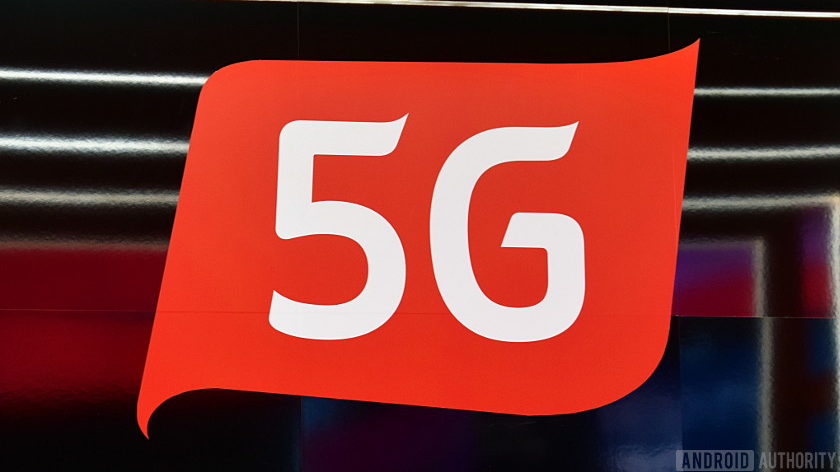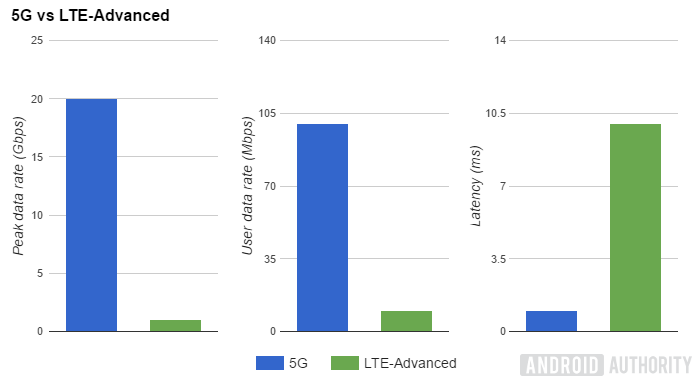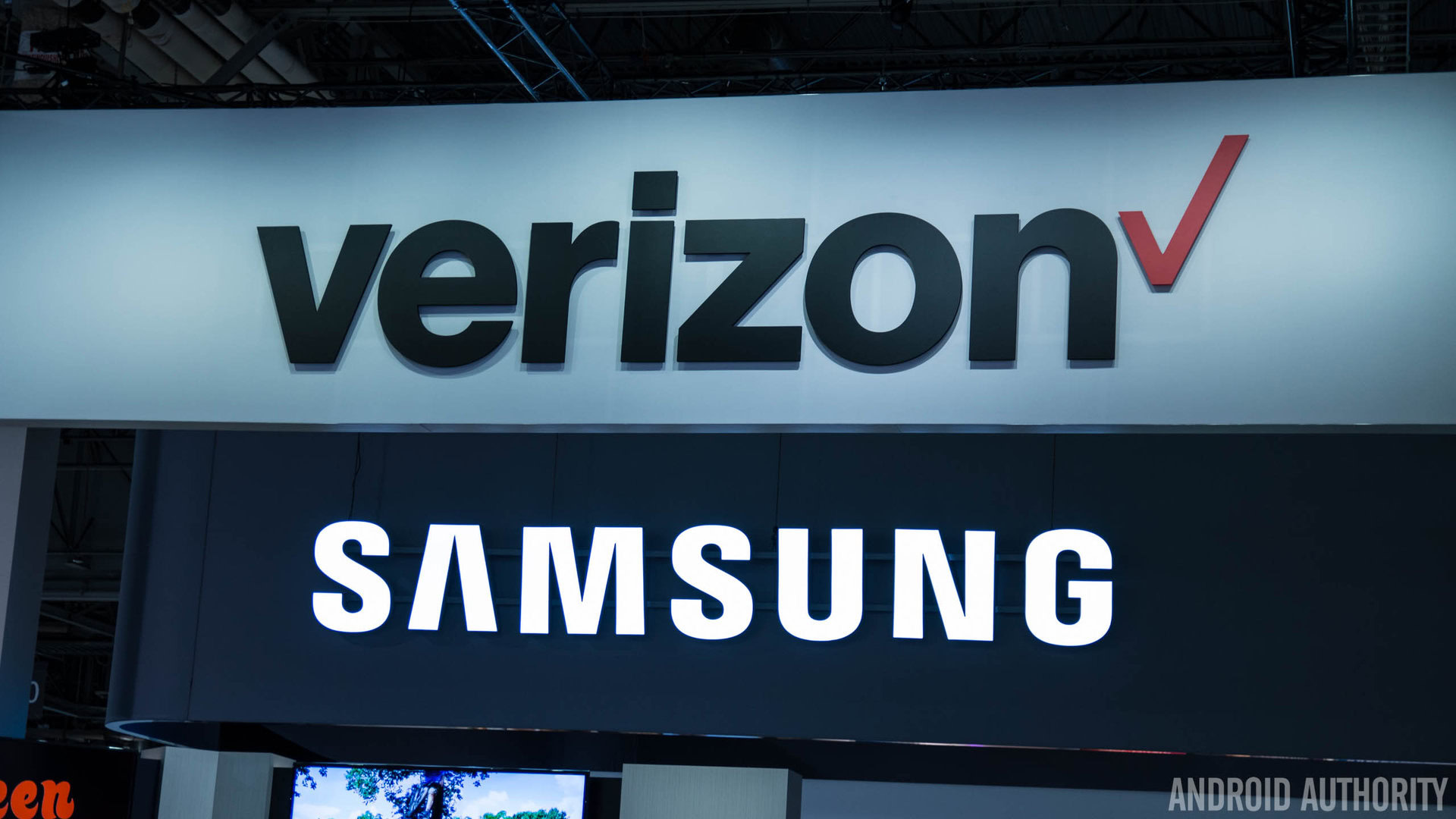Affiliate links on Android Authority may earn us a commission. Learn more.
5G specification sets 100Mbps minimum download speed
Published onFebruary 24, 2017

It’s been a long time coming, but the finishing touches are being put to the upcoming 5G networking specification. The ITU has just published a draft report for IMT-2020 radio interfaces, also known as 5G, which will be finalized sometime in November 2017. Once the specification is complete, there’s still a period of hardware consultation, followed by countries dividing up spectrum before carrier can actually turn on their networks. There’s still a long road ahead, but this draft gives us quite a good idea about what to expect from 5G.
Leaping right on in into speeds, the specification states that 5G base stations will have to offer at least 20Gbps download and 10Gbps uplink to consumers. That sounds mighty fast, but remember that will be divided up among all of the customers in the area. These base stations will have to cover stationary users all the way up to vehicles traveling up to 500km/h, so your data connection won’t hopefully won’t drop out on the train in the future.
For us consumers, the specification states that individual users should see a minimum download speed of 100Mbps and upload speeds of 50Mbps. Some of you might be lucky enough to see these speeds on your LTE-Advanced network already, but this is still represents a notable boost to the typical speeds that all users will see on 5G infrastructure. Remember, this is just the minimum speed and well established networks should be faster still.


5G also aims to solve one of 4G’s bigger issues: latency. 5G networks should offer consumers a maximum latency of just 4ms, and there’s mention of a 1ms latency for ultra-reliable low latency communications (URLLC) too. For comparison, my 4G LTE connection in London has a questionable 82ms latency, while the US average is around 61 ms. So not only will data speeds be faster, but the time taken to transfer communications will be much shorter, resulting in snappier websites and smoother real-time connections for gaming and video.
The draft specification also include some information about spectral efficiency, density, and energy consumption, among others. 5G networks have to support at least 1 million devices in each square kilometer covered. This is part of the move to empower the internet-of-things, where thousands more smart-devices, ranging from traffic lights to internet connected vehicles, are operating on the network too.

With the bulk of the requirements nearing completion, but tricky work of achieving these speeds and slicing up spectrum is next on the agenda. We’ve already seen various carriers start up trial runs that make use of high frequency spectrum above 5GHz and it’s almost certain that 5G will aggregate available spectrum from existing LTE bands, future spectrum designated for the standard, and unlicensed spectrum.